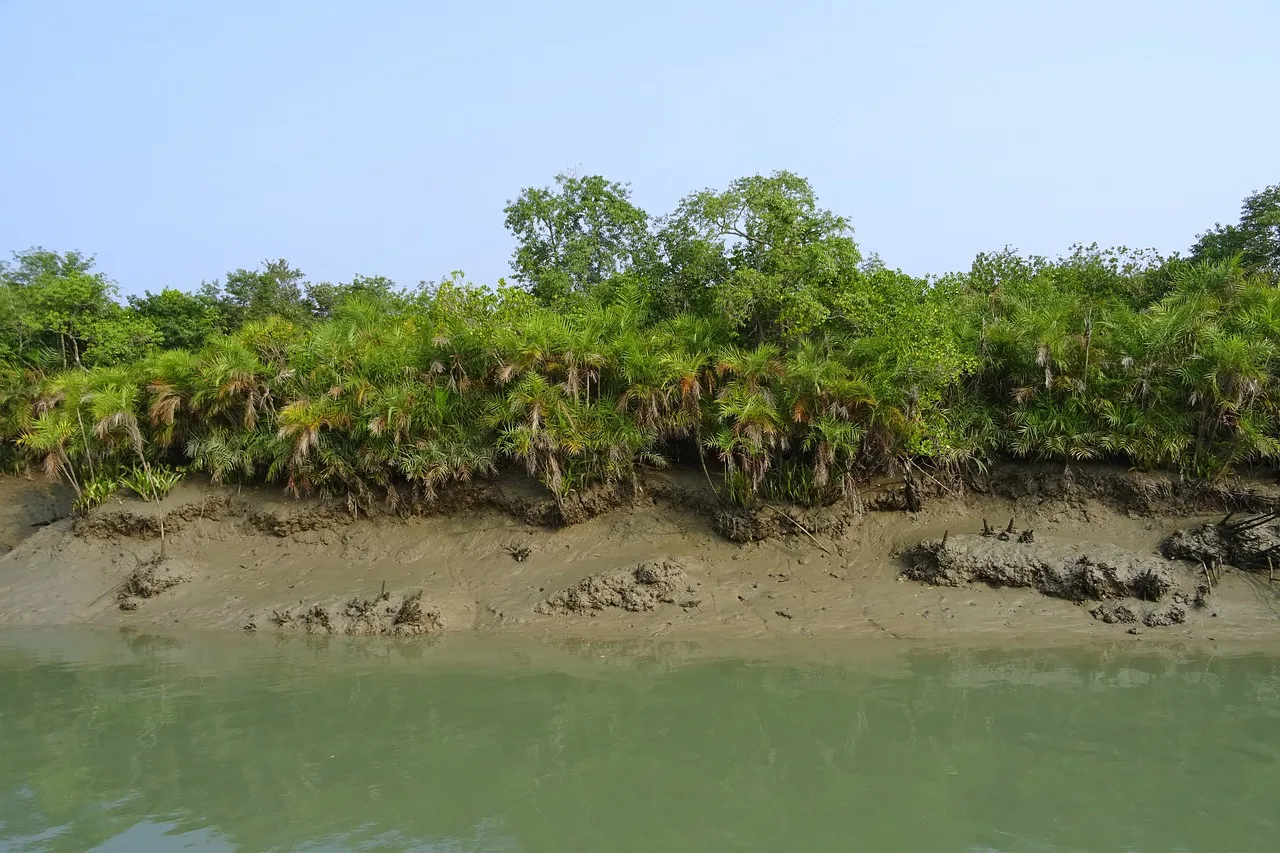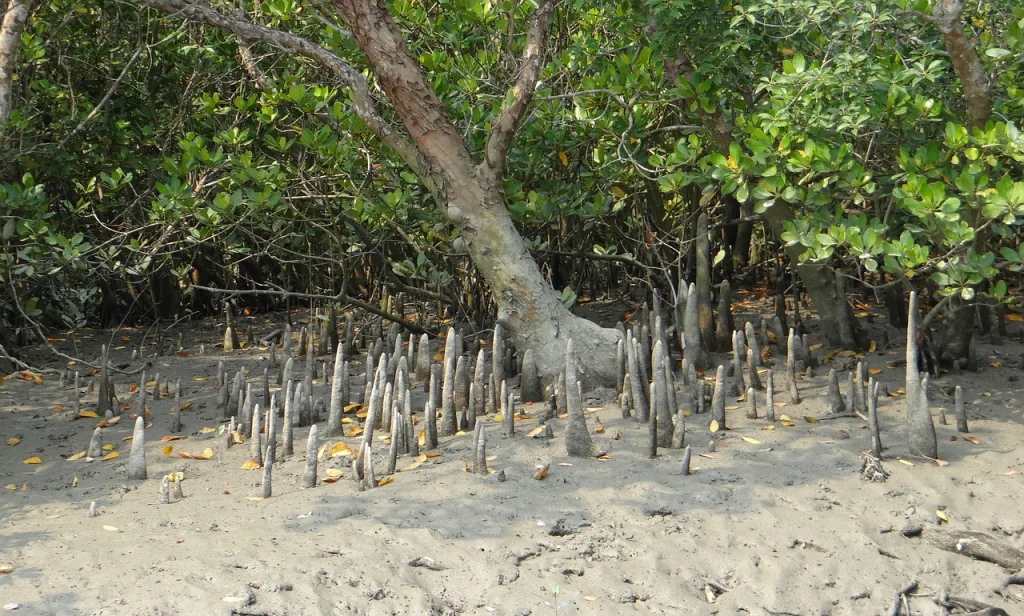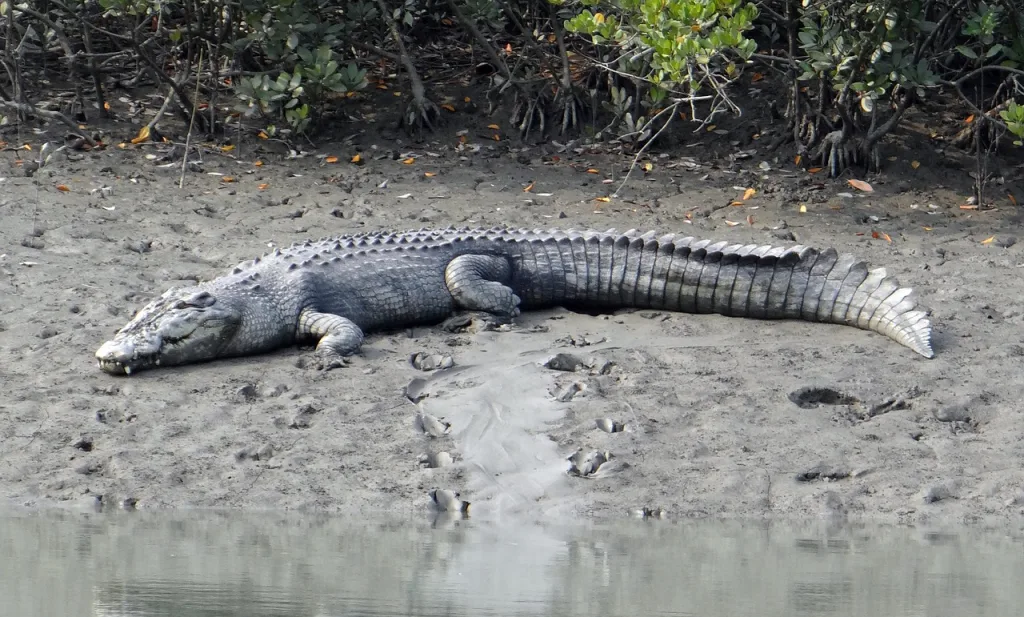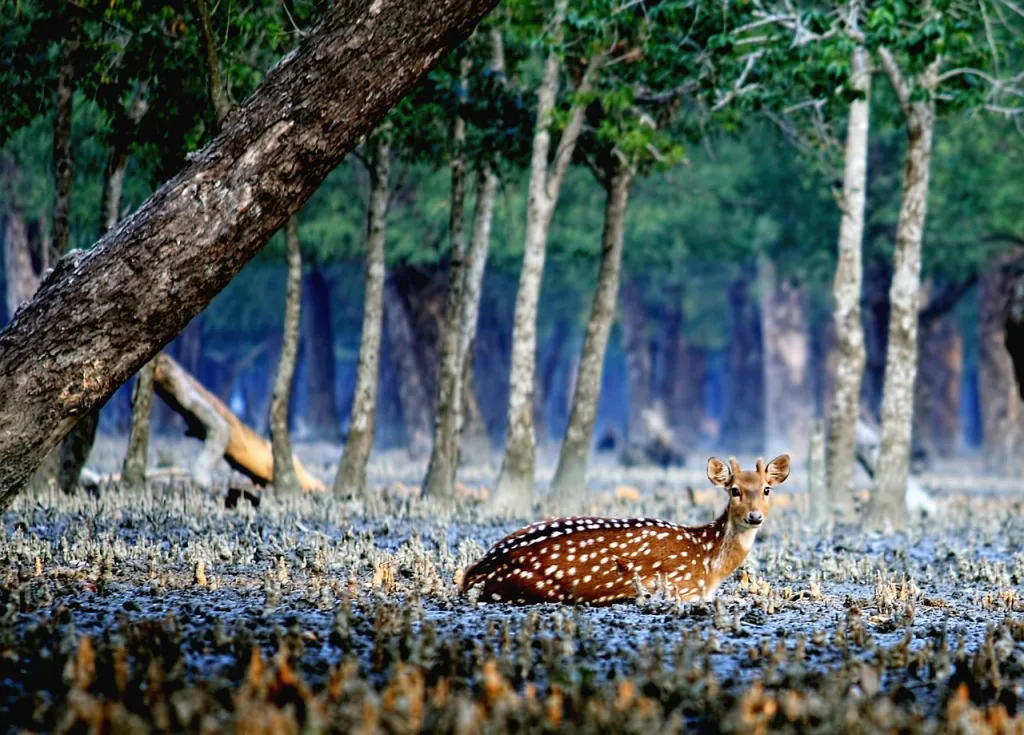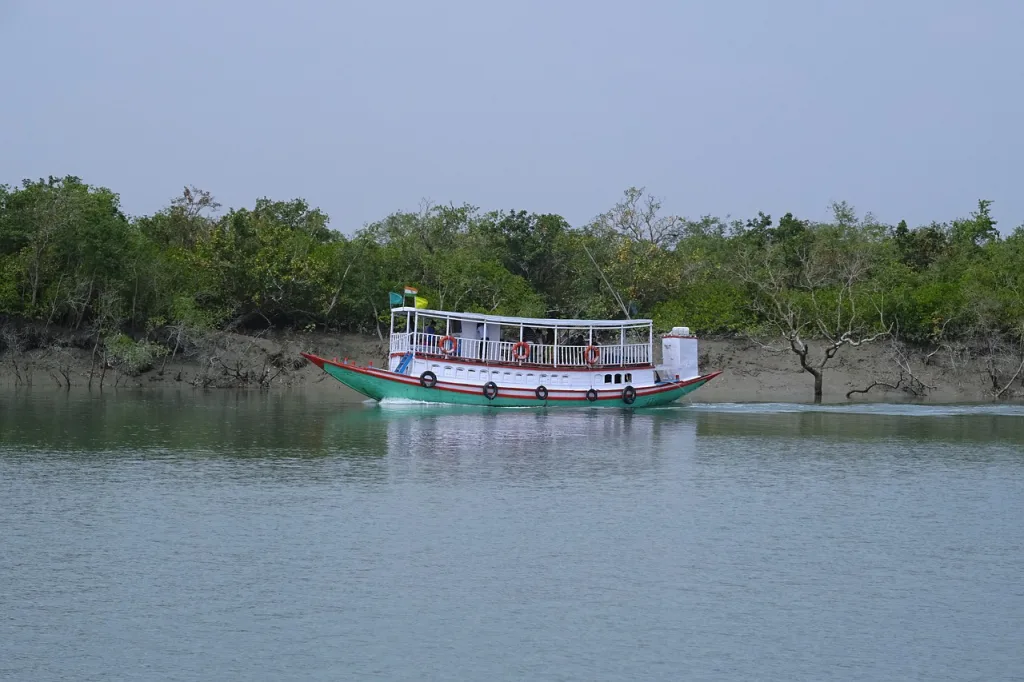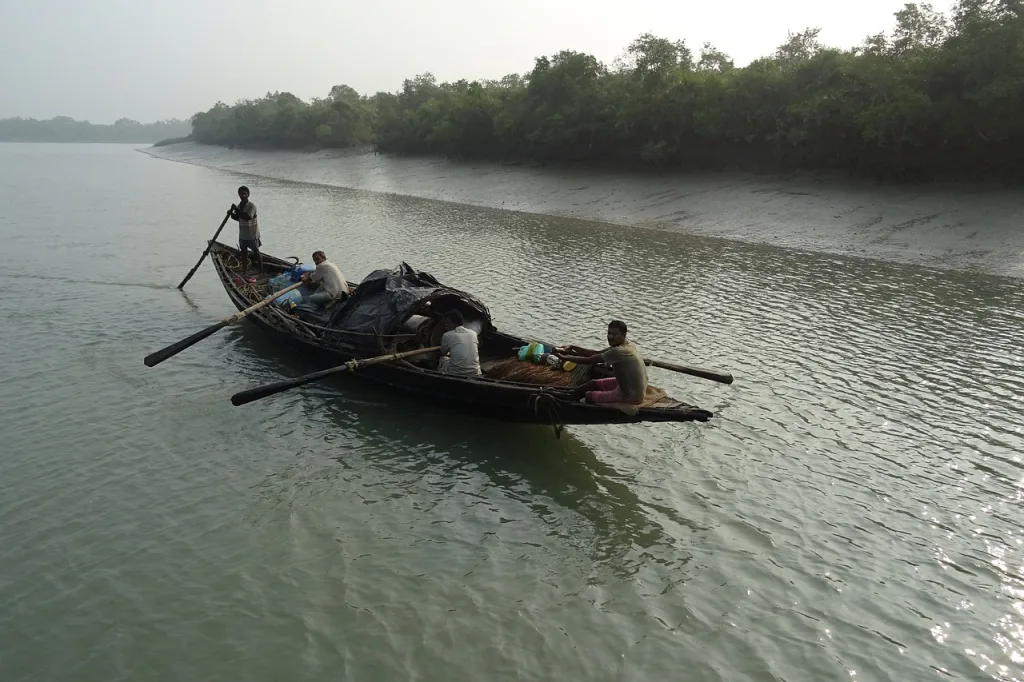The Sundarbans, located in the southwestern part of Bangladesh, is one of the largest mangrove forests in the world. Encompassing an area of about 10,000 square kilometers, this UNESCO World Heritage Site is a unique and vital ecosystem that straddles the border between India and Bangladesh. The name “Sundarbans” is derived from the Bengali words “sundar,” meaning beautiful, and “ban,” meaning forest, aptly describing its enchanting landscapes.
Sundarbans Landscape:
The Sundarbans is characterized by a network of interconnected rivers, estuaries, and tidal waterways, creating a dynamic and ever-changing environment. The region is dominated by mangrove forests, where the intricate network of roots provides stability to the trees in the saline and muddy substrate. Tidal activities play a crucial role in shaping the landscape, influencing sedimentation and nutrient distribution.
Biodiversity of Sundarbans:
The Sundarbans is renowned for its rich biodiversity, harboring a diverse array of flora and fauna. The mangrove ecosystem serves as a vital habitat for various species, including fish, crustaceans, reptiles, and mammals. The area is also a crucial breeding ground for numerous species of birds, making it a haven for birdwatchers and wildlife enthusiasts.
Key Species of Sundarbans:
Royal Bengal Tiger (Panthera tigris tigris): The Sundarbans is home to the iconic Royal Bengal Tiger, adapted to the mangrove environment and known for its distinctive swimming abilities.
Sundari Tree (Heritiera fomes): The dominant tree species, with its stilt-like roots providing stability in the muddy soil.
Saltwater Crocodile (Crocodylus porosus): An ancient species thriving in the brackish waters of the Sundarbans.
Spotted Deer (Axis axis): Found in the grassy areas, these deer are a common sight and prey for tigers.
Mudskipper Fish: These amphibious fish can navigate both land and water, showcasing the unique adaptations of Sundarbans’ aquatic life.
Traveling Guide to Sundarbans:
Exploring the Sundarbans requires careful planning due to its remote and challenging terrain. Visitors can embark on boat tours to navigate the waterways and witness the incredible biodiversity. Local guides, well-versed in the region’s nuances, provide valuable insights into the ecosystem. It’s essential to carry sufficient supplies, including freshwater and insect repellent, as amenities are limited in the remote areas.
Arrangements:
Tourism in the Sundarbans is regulated to minimize environmental impact. Permits are required, and visitors are encouraged to follow responsible tourism practices, such as waste disposal guidelines. Various tour operators offer packages that include boat trips, wildlife safaris, and accommodation in eco-friendly lodges, providing a sustainable and immersive experience.
Challenges and Conservation:
The Sundarbans face numerous challenges, including climate change, habitat degradation, and illegal fishing practices. Conservation efforts are underway to address these issues, focusing on sustainable resource management and community involvement. Local communities play a crucial role in protecting the ecosystem, highlighting the delicate balance between human activities and nature conservation.
Local Lifestyle:
The Sundarbans is not only a sanctuary for wildlife but is also home to a resilient community of people whose lives are intricately connected to the mangrove ecosystem. The locals, often referred to as “Mawalis,” have adapted to the challenges posed by living in proximity to the unpredictable tides and the ever-shifting landscape. Many of them are involved in traditional activities like fishing, honey collection, and woodcutting, relying on the rich resources the Sundarbans provide.
Fishing, in particular, is a crucial aspect of the local economy. Villagers use various traditional methods, including fishing nets and crab traps, to sustain their livelihoods. Additionally, honey collectors venture deep into the mangroves, risking encounters with wildlife, to harvest honey from the abundant beehives suspended from the trees.
Tourist Experience:
For tourists, the Sundarbans offers a unique blend of adventure and serenity. Navigating the waterways on a boat, surrounded by the lush greenery and the symphony of bird calls, provides a sense of tranquility that contrasts with the excitement of spotting elusive wildlife. The thrill of encountering a Royal Bengal Tiger in its natural habitat or observing a crocodile basking in the sun creates lasting memories.
However, the Sundarbans’ beauty comes with its own set of challenges. The remote and often inaccessible nature of the region means that visitors need to be prepared for a journey that may lack certain modern comforts. Yet, it is precisely this rustic charm that attracts those seeking an authentic and immersive experience.
Local hospitality plays a significant role in shaping the tourist experience. Homestays, offered by some villagers, provide an opportunity for visitors to engage with the local culture, taste traditional cuisine, and gain insights into the challenges and joys of life in the Sundarbans.
While the Sundarbans captivates with its natural wonders, it also serves as a poignant reminder of the delicate balance between human activities and environmental conservation. Responsible tourism practices are encouraged, emphasizing the importance of minimizing impact and respecting the fragile ecosystem.
The Sundarbans offers a transformative journey, where visitors not only witness the splendor of nature but also gain a deeper appreciation for the coexistence of wildlife and the resilient communities that call this mangrove forest home.
In conclusion, the Sundarbans stands as a testament to the wonders of nature, offering a glimpse into the resilience and adaptability of life in a unique mangrove ecosystem. As visitors navigate its waterways and witness the diverse flora and fauna, they become ambassadors for the conservation of this extraordinary UNESCO World Heritage Site.


